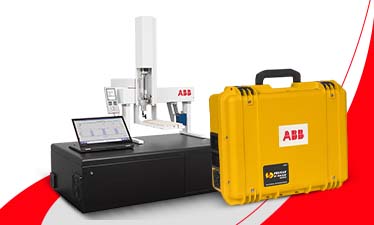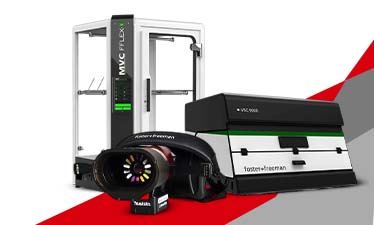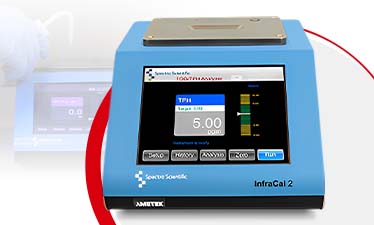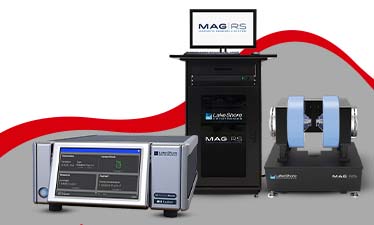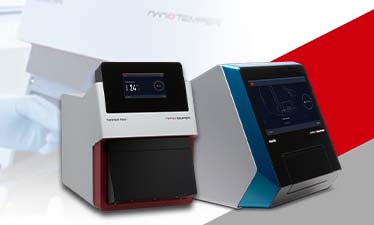A Quick Guide for OES Analysis
Abbreviated from Optical Emission Spectroscopy, the OES is a fast analytical method for the determination of elemental composition of a wide range of alloys and metals. The laboratories of elemental chemical analysis are equipped and prepared with an OES analyzer on site for evaluating the properties of the sample material.
OES analysis that is accomplished by using a sparking process involves application of an electrical charger to the material sample resulting in vaporizing a small amount of material. The atomic vapor contains atoms and ions which are excited into radiation emission.
The occurrence of spark causes a plasma discharge with a unique chemical signature which enables the experts for determining the sample’s elemental breakdown. The results obtained from the sample breakdown are in percentage of the constituent elements.
Optical Emission Spectrometry Considerations
When it comes to knowing the quantitative breakdown of solid material exactly then the optical emission spectrometry application is opted. The most compatible material type for OES analysis are soft metals that are responsive to the sparking process.
Metals that are harder and are prone to resist sparking processes are suited for chemical analysis methods. Researchers prefer choosing OES methods for its rapid results delivery and inherent accuracy that also makes them the ideal choice for conducting a wide range of alloys verification testing.
Benefits of Using OES Analysis
OES analysis has become more advanced over the years and with that it has a host of capabilities and features that improves efficiency and saves time. Some of the benefits that it offers are –
Save cost over expensive alloying elements
For each alloy material, there’s a target range for all the key elements. In order for the product to be acceptable, the elemental composition of the alloy must be within its range. Hence, the company has either the option to work at the absolute margin of these limits or can invest in building safety buffers.
While the solution of building safety buffers sounds appealing, it definitely comes at a cost. Therefore, the most cost-efficient and performance optimized solution is to ensure a safety margin but that requires knowing the exact concentration of these elements prior to casting.
Here is when the application of Optical Emission Spectrometry comes in. With its high accuracy analysis, operators can eliminate the hassle of wide margin of error in process control and all the while saving your cost.
Improves the works of R&D
OES analysis also has a major role in influencing the research and development teams in companies across the metal industries. The main focus of most R&D teams is set on the new alloys that have the capability of improving metal quality and lower the cost.
OES analysis addresses all of the concerns of R&D teams and as a result enhances the tasks associated with it.
So, what are you waiting for? OES analysis is the go-to choice when it comes to evaluation of properties in metals and alloys. If you want to know more about this method then make sure to get in touch with the expert services near you.




